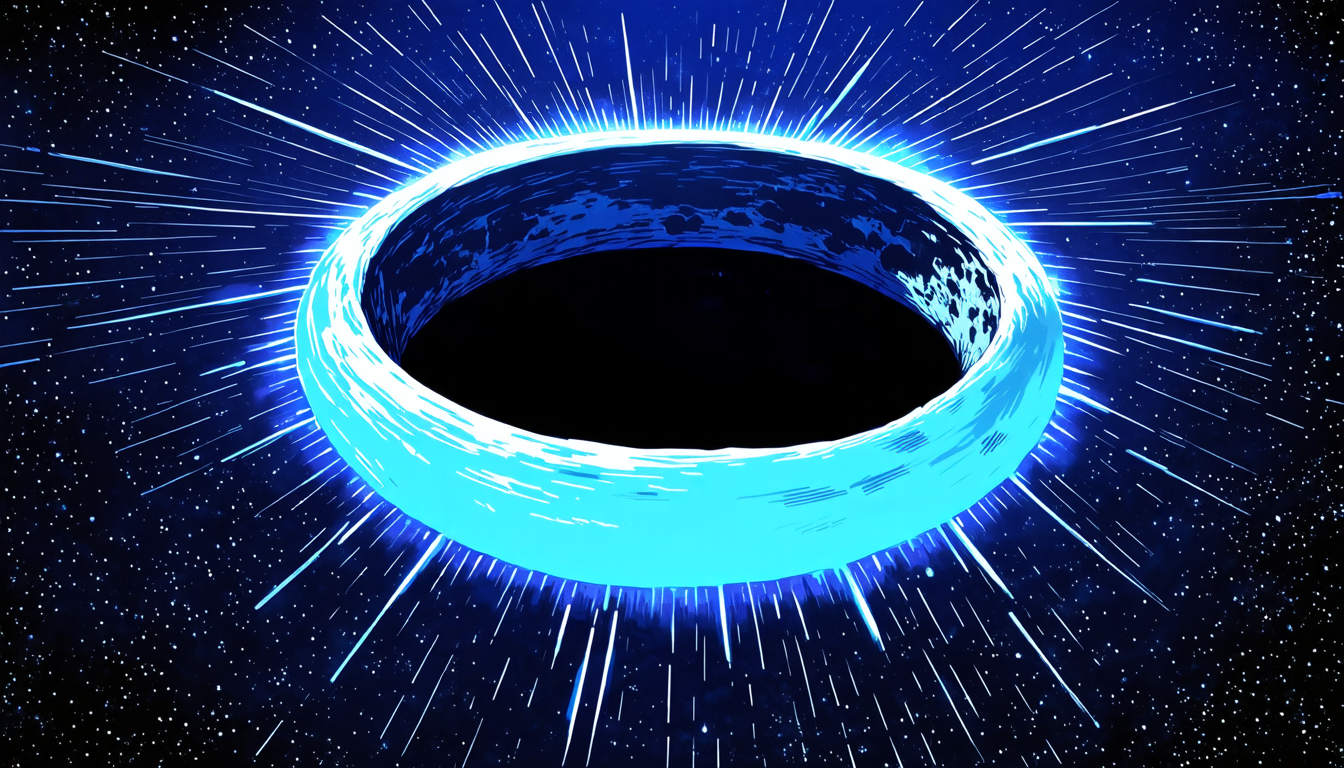Monday 07 April 2025
Scientists have long been fascinated by the possibility of finding water ice on the Moon, and a new study has shed light on how we can detect it using a technique called the Askaryan Effect.
The Moon is a rocky, airless body that’s devoid of liquid water. But in the permanently shadowed craters near its poles, scientists believe that water ice may have been preserved for millions of years. The problem is that detecting this ice is extremely challenging due to the harsh environment and lack of sunlight.
Enter the Askaryan Effect, a phenomenon where high-energy cosmic rays colliding with the lunar regolith (the layer of loose rock on the Moon’s surface) produce radio pulses. These pulses can travel long distances through the vacuum of space and be detected by specialized equipment.
The idea is that if water ice exists in these permanently shadowed craters, it could interact with the cosmic rays in a way that produces distinctive radio signals. By listening for these signals using radar or other detection methods, scientists might be able to pinpoint the location of the ice.
To test this theory, researchers used computer simulations to model how the Askaryan Effect would work on the Moon’s surface. They found that even small amounts of water ice could produce detectable radio pulses, and that the signals would be strongest when the cosmic rays interacted with the ice at a shallow depth.
The study also looked at the potential for detecting other types of subsurface structures on airless bodies like the Moon or Mercury using this technique. The researchers found that the Askaryan Effect could potentially reveal details about the composition and structure of these objects, even if they’re buried deep beneath the surface.
While we haven’t yet detected any ice on the Moon using this method, the study suggests that it’s a viable approach for exploring the lunar surface in unprecedented detail. The next step is to design and build a dedicated detector capable of picking up these faint radio signals and searching for evidence of water ice on the Moon.
The implications are exciting: if we can confirm the presence of water ice on the Moon, it could have significant implications for future human missions and even provide a source of resources for astronauts. Moreover, the technique has potential applications beyond the Moon, allowing us to study other airless bodies in our solar system with unprecedented precision.
As scientists continue to push the boundaries of what’s possible using this technique, we’re one step closer to uncovering the secrets of the Moon and exploring the mysteries of the universe.
Cite this article: “Unlocking the Moons Secrets: Scientists Use Cosmic Rays to Detect Hidden Ice Deposits”, The Science Archive, 2025.
Moon, Water Ice, Askaryan Effect, Cosmic Rays, Radio Pulses, Lunar Regolith, Radar Detection, Subsurface Structures, Airless Bodies, Solar System.







